This month we're here to take our readers on a journey to uncover the intricacies of PFAS chemicals. We’ll take a look at their origins, and the profound impact they can have on both human health and the environment. We’ll help you understand why they’re a hazard, as well as unravel the reasons behind their creation.
What are PFAS chemicals and why were they made?

- PFAS (per- and polyfluoroalkyl substances) are a group of synthetic chemicals that have been widely used since the 1940s due to their unique properties.
- They were initially developed for their ability to repel oil, grease, and water, making them valuable for a range of industrial and consumer applications.
- PFAS chemicals have been employed in the production of non-stick coatings, water-resistant textiles, firefighting foam, food packaging, and many other everyday products.
How can PFAS chemicals cause harm to people and the environment?
 Health Risks: Exposure to PFAS chemicals has been linked to numerous health concerns, including potential harm to the immune system, liver, kidney, thyroid gland, and developmental effects in infants and children.
Health Risks: Exposure to PFAS chemicals has been linked to numerous health concerns, including potential harm to the immune system, liver, kidney, thyroid gland, and developmental effects in infants and children.- Persistence in the Environment: PFAS chemicals are known for their persistent nature, meaning they do not easily break down in the environment. This leads to their accumulation in soil, water sources, and wildlife, posing long-term risks.
- Water Contamination: PFAS chemicals have the ability to contaminate drinking water, especially in areas near industrial sites or where firefighting foam has been used extensively.
- Food Chain Disruption: Due to bioaccumulation, PFAS chemicals can enter the food chain, potentially impacting human health through the consumption of contaminated seafood, meat, and dairy products.
- Environmental Impact: PFAS contamination can harm ecosystems, leading to biodiversity loss, disruption of aquatic habitats, and detrimental effects on wildlife.
How PFAS Contamination Happens :

Water Contamination: PFAS chemicals can enter the environment through various pathways, with water being a primary route of contamination. Here are some common scenarios of contamination:
Industrial Discharges: Chemical manufacturing facilities, including those producing PFAS-based products, may discharge wastewater containing these compounds into rivers, lakes, or underground sources. This can lead to contamination of nearby water bodies.
Firefighting Foam: A common source of PFAS contamination is firefighting foam. Firefighting training exercises, accidents, or firefighting operations at airports, military bases, and other locations where this foam is used can result in PFAS entering the surrounding environment, including water bodies.
Landfills and Waste Sites: PFAS-containing products, such as food packaging, textiles, or carpets, can end up in landfills or waste disposal sites. Over time, the chemicals can leach out from these sites and contaminate groundwater or nearby surface water.
Atmospheric Deposition: PFAS compounds can travel through the air and deposit onto land and water surfaces. This process, known as atmospheric deposition, occurs when PFAS-containing particles or vapor are released into the air from industrial sites or from the use of consumer products. Rain or snow can then carry these particles back to the Earth's surface, contributing to water contamination.
Chemical Plant Contamination:
Chemical plants, where PFAS compounds are produced or used in various manufacturing processes, can be significant sources of PFAS contamination. Here’s how:

Manufacturing Processes: Chemical plants involved in the production of PFAS or PFAS-based products may release these compounds into the air or discharge them in wastewater during their manufacturing processes. This can lead to contamination of surrounding air, water sources, or soil.
Accidental Spills and Leaks: Accidental spills or leaks during the handling, storage, or transportation of PFAS compounds at chemical plants can result in direct releases into the environment. These incidents can contaminate nearby soil or water sources, posing risks to both human health and ecosystems.
Inadequate Waste Management: Improper disposal or inadequate waste management practices at chemical plants can contribute to PFAS contamination. If waste materials containing PFAS compounds are not appropriately treated or contained, they can seep into the surrounding environment and potentially enter water sources.
Want to know more about PFAS and find out if you or your business could need testing?
Mark your calendar and join us next month for a deep dive into the world of PFAS regulations and the solutions ETC offers. Discover how the ever-evolving world of PFAS is shaping the landscape of environmental testing and consulting, and learn how ETC can be your trusted partner in navigating these changes effectively. Together, we can navigate the complexities of PFAS management and work towards a safer and more sustainable future.


